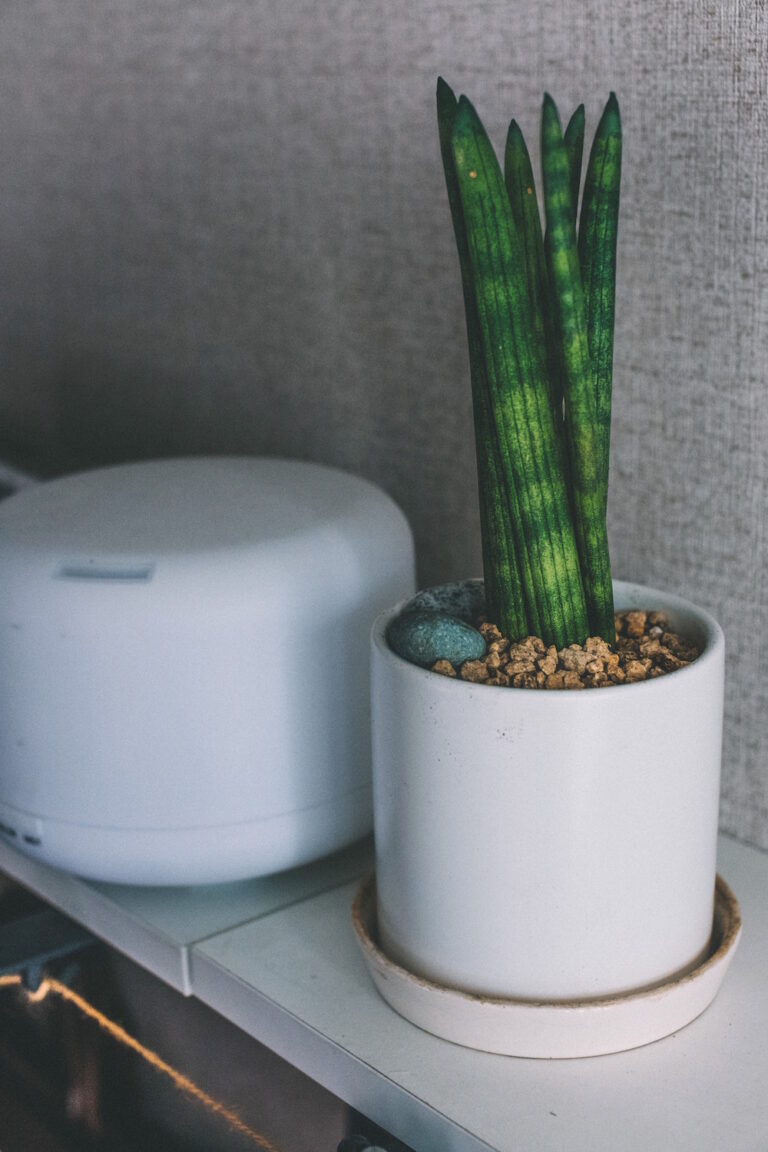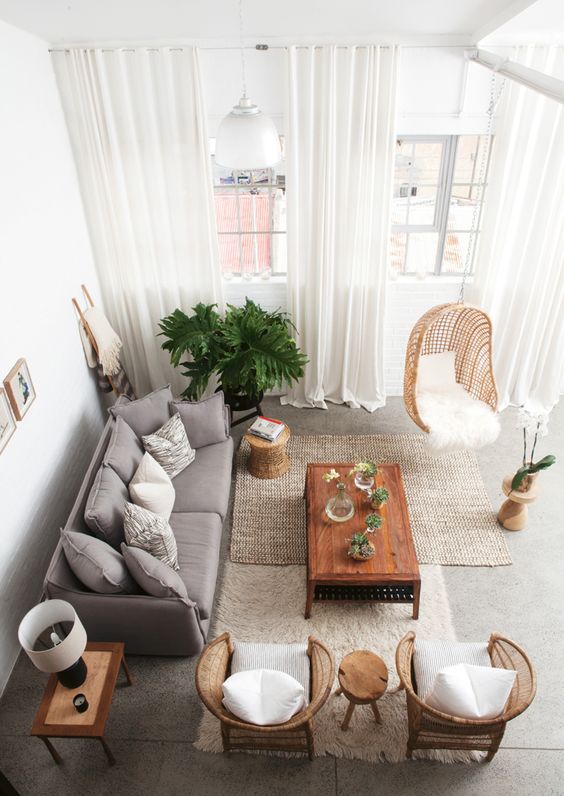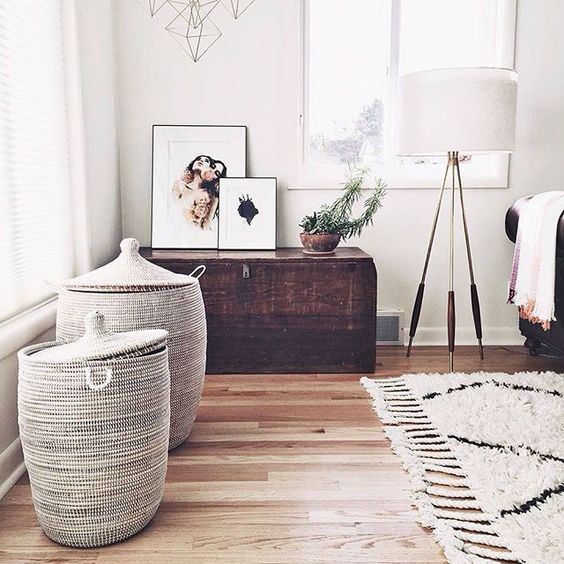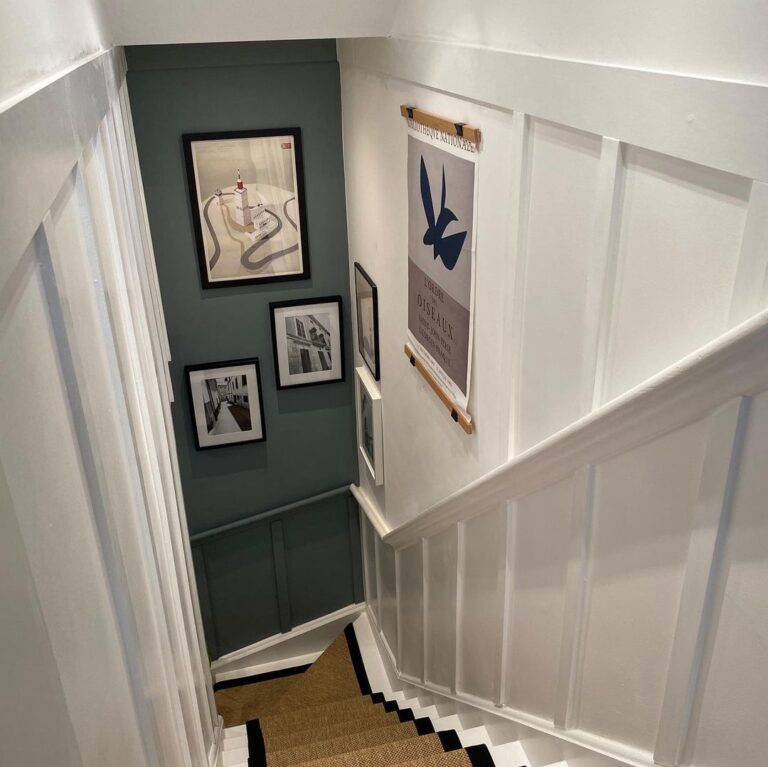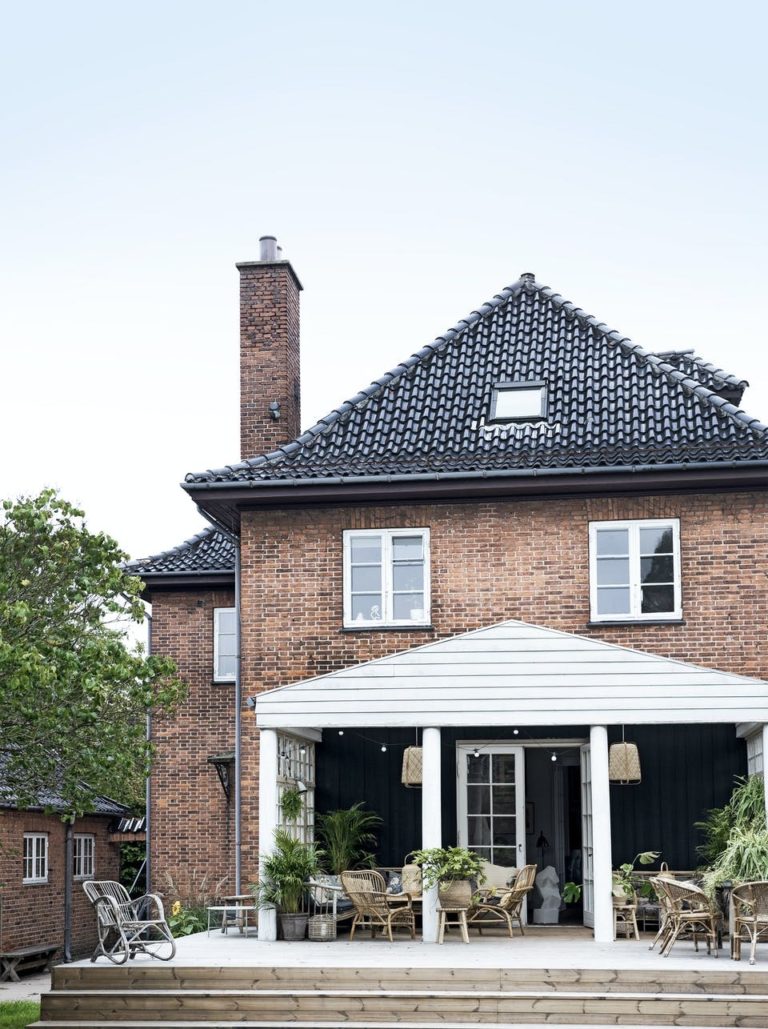The Dangers of a Leaking Roof and What Homeowners Should Look for
Some homeowners may only discover their roof has a leak when there’s a particularly heavy downpour. If you only experience this inconvenience a couple of times a year, you may be tempted to leave the hole and not repair it. But, water damage should never be taken lightly. In fact, it’s recommended that you take a proactive approach and look for leaks before you even have any water intrusion. It’s crucial for your home and safety.
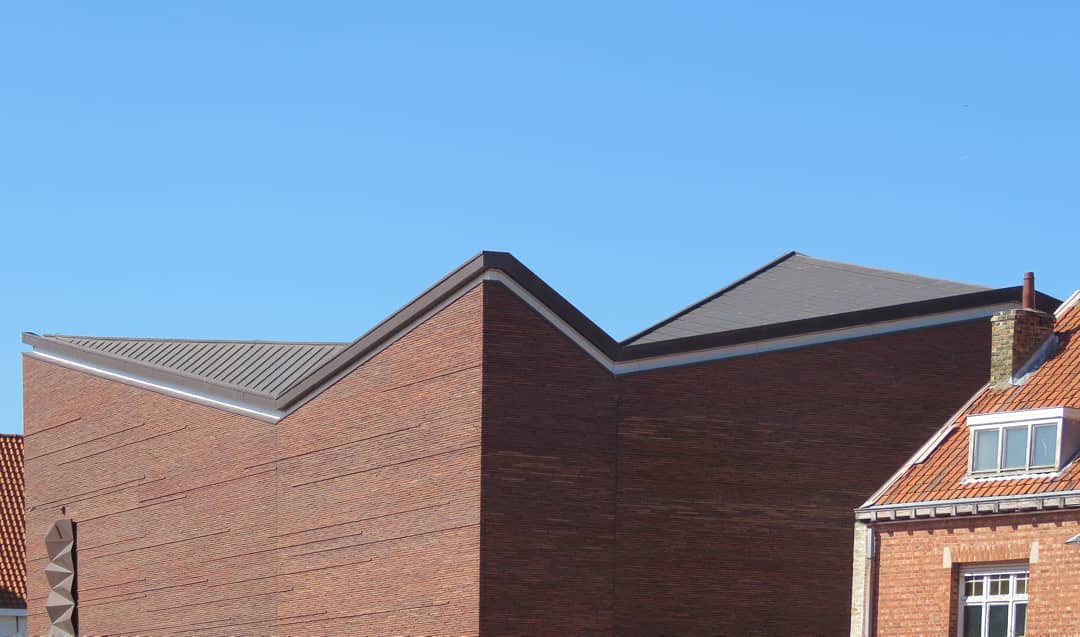
A leak in the roof can develop because of wind or storm damage or poor installation, but it also commonly occurs because of a lack of regular maintenance. A roof installation is usually only guaranteed for 20 years, so any roof older than this will most likely need professional maintenance and annual repairs.
But how can a tiny leak affect your whole family? It goes beyond being a structural issue. That’s because even a small, but regular, water intrusion can work its way down from the ceiling to the foundation of your home. On the way, it can cause a lot of damage to your walls. Wall damage is usually quite easy to spot, but here are some less obvious effects:
Ceiling and attic damage
If you have things stored in your attic, they will naturally be damaged by a leak. If there is no attic in the roof, and the leak is large, the interior of the ceiling will be damaged. You can tell this has occurred because the paint on the ceiling will darken and you may see bubbling. Lights, ceiling fans and walls will also be damaged.
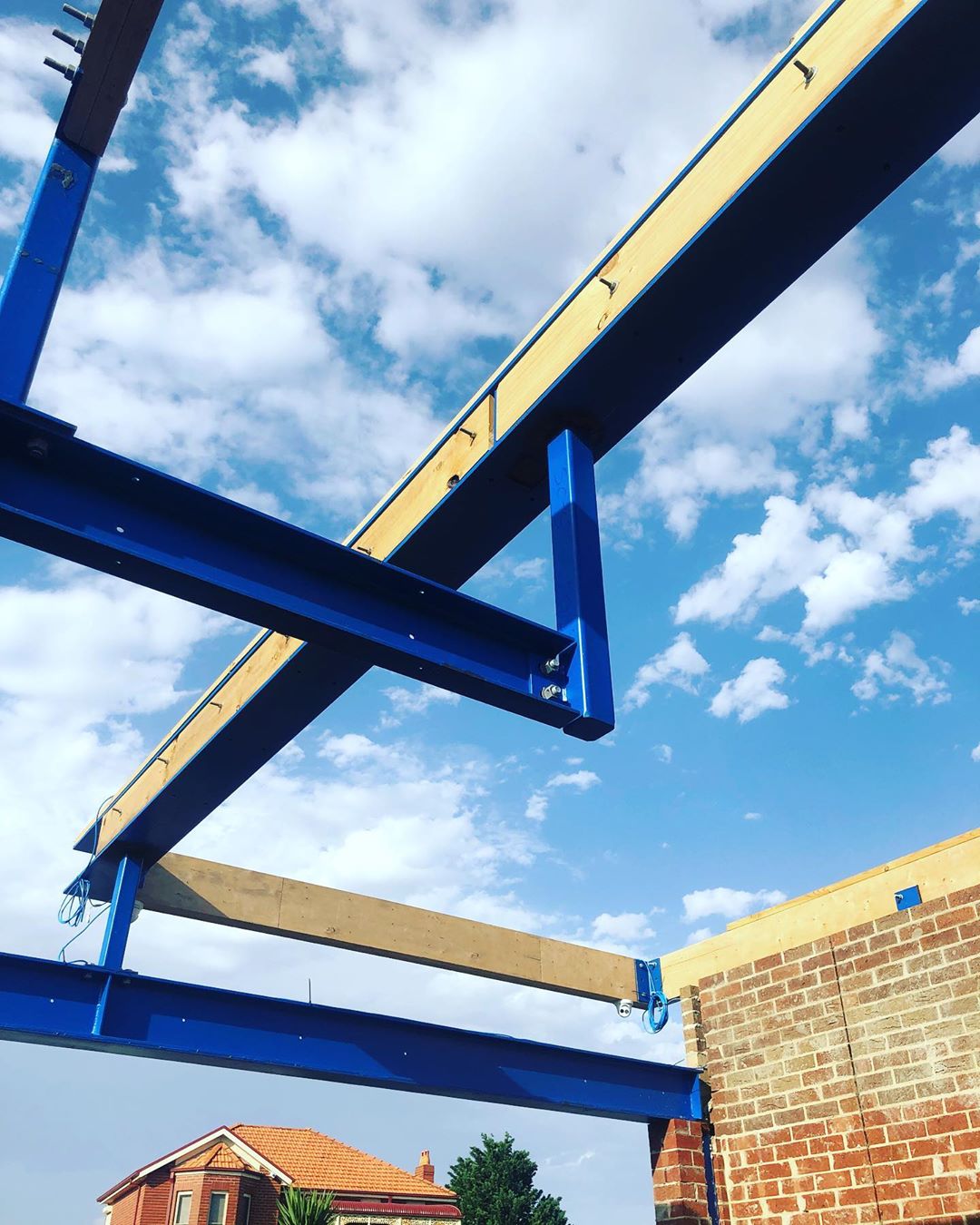
Mould and mildew
Over some time, water damage will lead to mould and mildew growth. This is not something to ignore. Mould can spread throughout the structure of a home through the vents and eventually invade carpets, furniture, and even clothing. It’s virtually impossible to remove from carpets and sofas, which will mean you’ll have to get rid of them and replace these costly items.
In the case of a chronic water intrusion, a house can become infested with black mould. It’s rare, but some homes will experience growth of a dangerous form of toxic mould. Black mould affects wood frames, tiles, and floor and wall coverings and can be costly to remove.
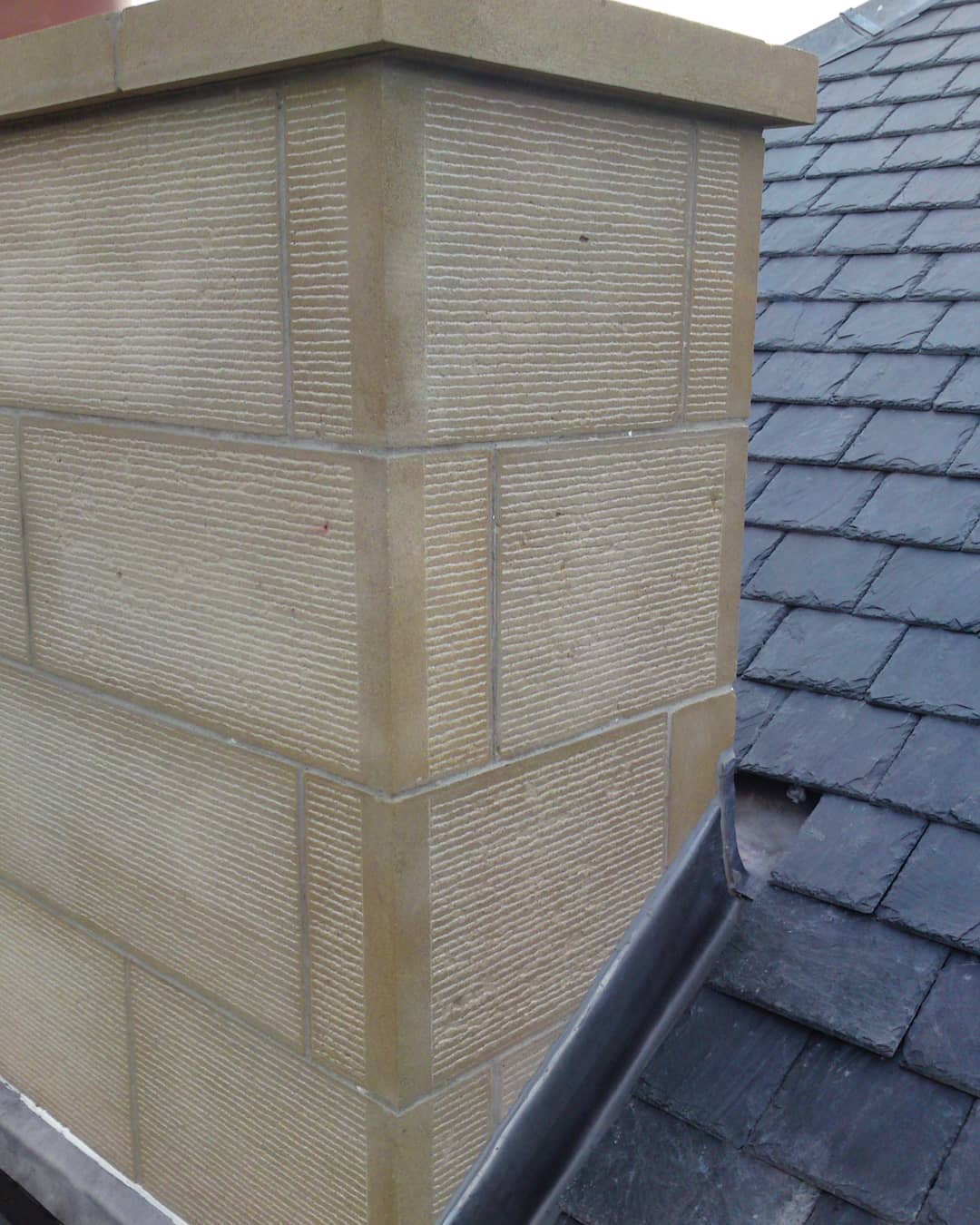
Mould and mildew can cause health issues such as asthma, rhinitis, and inflammation. The spores released from the mould can trigger these conditions in people or make them worse. Your family’s health should be a priority, and putting them at risk can also be an expensive mistake. Regular doctor visits, time off work, or even hospitalisation could occur if someone in your family suffers a chronic reaction to mould.
Safety hazards
A leaky roof can be a fire threat in a ceiling if it comes into contact with electrical wiring. A large leak can also cause puddles to form in or around your home, which could be slippery for people at risk of falling, such as the elderly.
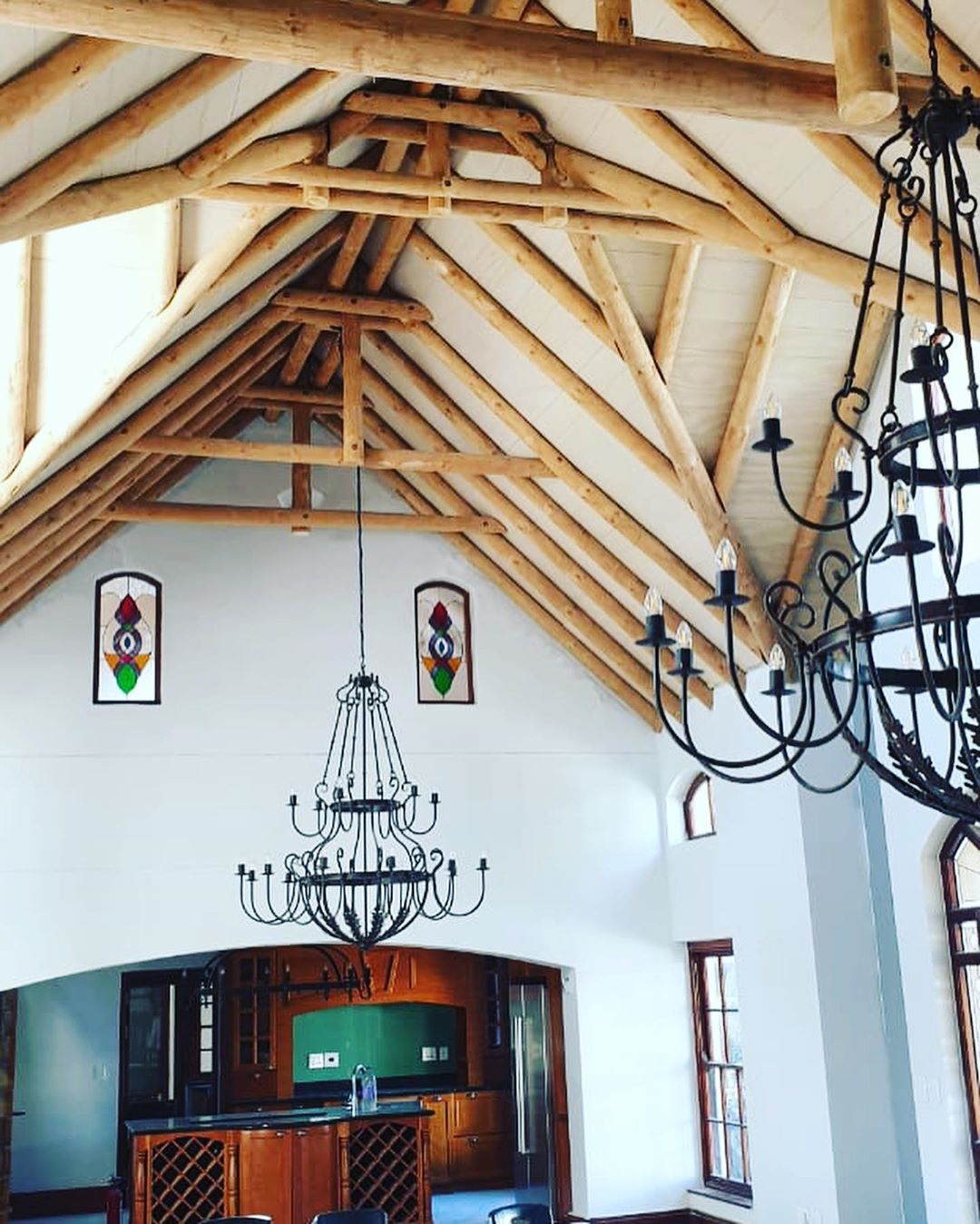
Costly utility bills
High electricity bills are another side effect of a leaking roof. This is because a leak reduces the insulation of your home. It won’t be able to retain hot or cold air as efficiently which will ultimately send your utility bills soaring through heater or air conditioner use.

Structural issues
Water intrusion can have costly consequences and lead to damage of rafters, joists, framing, and fascia boards. Over time the water will also lead to wood deterioration and a weakened roof or frame. Water-damaged wood can cause the paint to peel and wall coverings to buckle. If there is a long-standing roof leak, structural damage is inevitable.
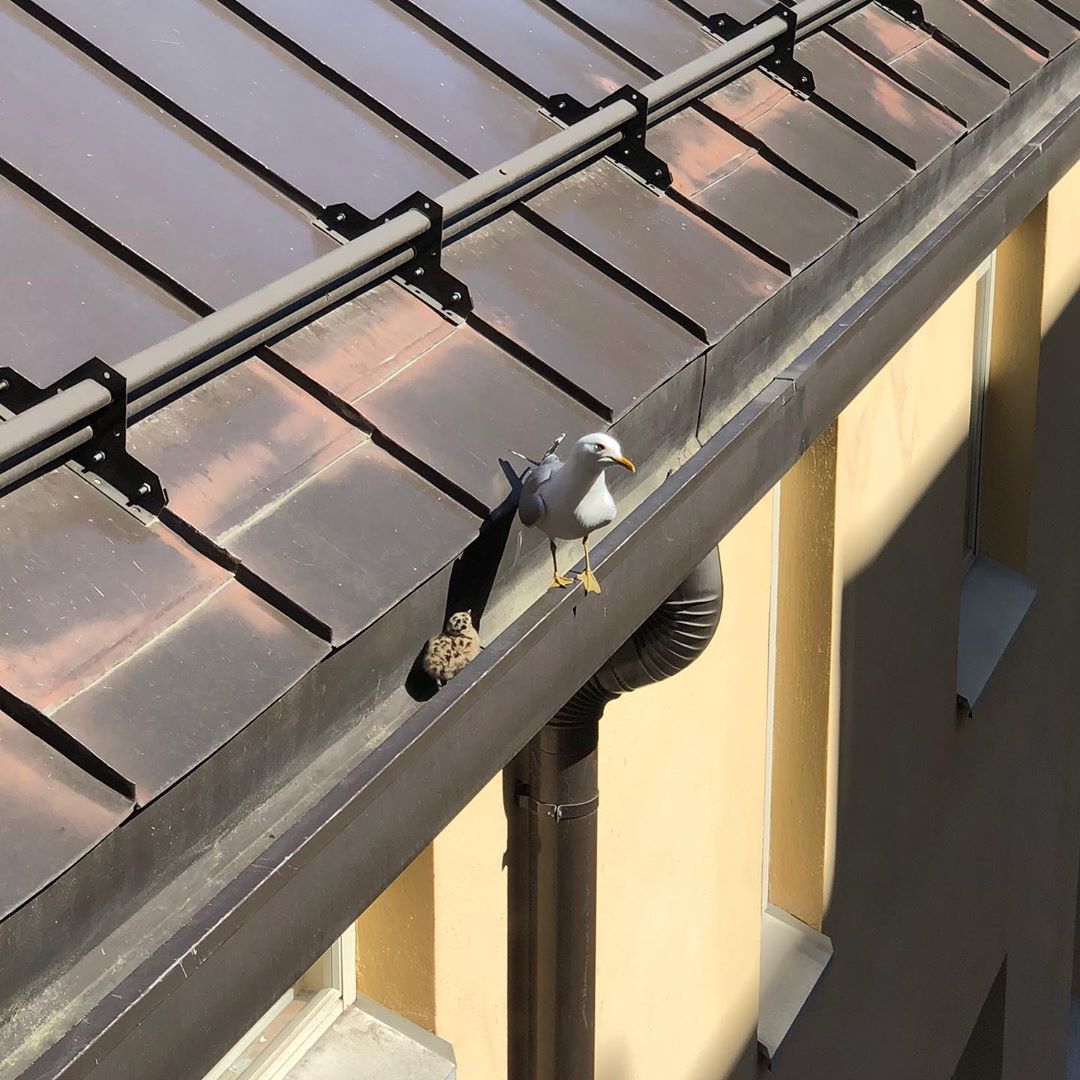
If your home is hit by high winds or storms, the deteriorated ceiling could collapse, causing injury and damage to the contents of your home. You may not think your home is at risk, but all it needs is a once-in-a-lifetime storm to hit, and you’ll be facing severe and costly repairs.

